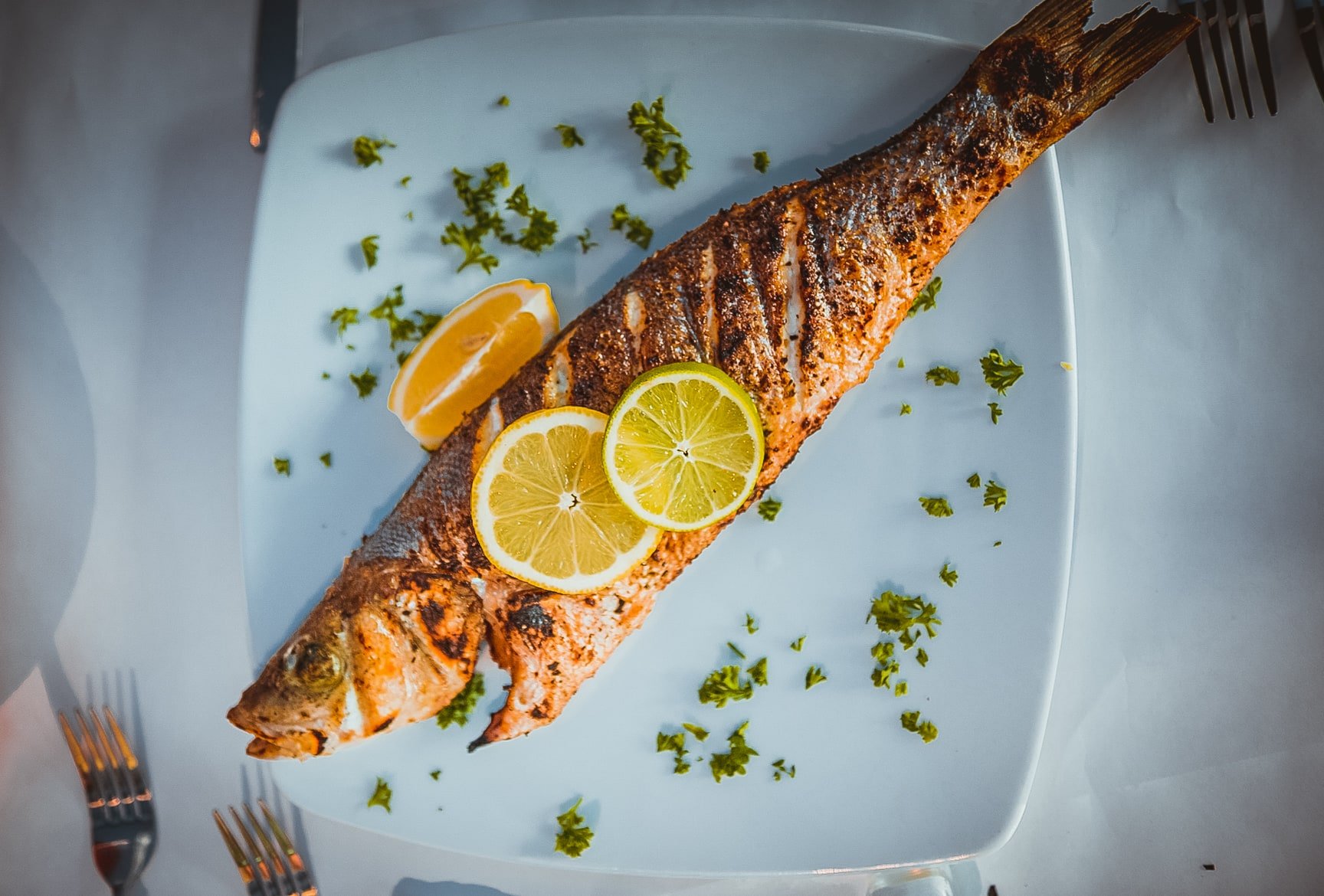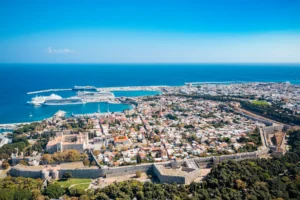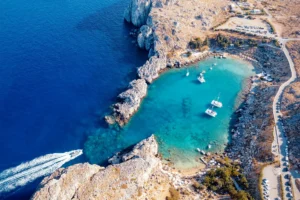
Seafood in Greece

Anchovies (gavros in Greek), sardines (sardela) and chub mackerel (kolios) are the fish most likely to be found in Greek waters. “There are plenty of European anchovies, although far fewer sardines these days in Greek waters,” said Panayiotis Gerantonis, who has two fish shops in Athens.
According to the Fishing Development Corporation, which manages the Keratsini fishing wharf that supplies Attica, the Peloponnese and central Greece, some 119 tons of anchovies were imported from other European Union member states last year, compared to the Greek catch of 3,200 tons.
The corresponding figures for sardines were 287 and 1,800 tons. The same does not apply for more expensive fish, particularly in the summer, when trawlers stay in port but the demand for fresh fish is higher. “There isn’t much Greek red mullet at this time and it sells for about 40 euros a kilo wholesale,” said Gerantonis.
Much of the common sea bream (“fagri”), common pandora (“lithrini”) and common dentex (“sinagrida”) catch comes from Italy and Spain. Fishermen that only Greek common dentex is sold in the market, but dentex from fish farms in Turkey were prominently displayed at the wharf, and accordingly labeled. Cod and swordfish and a few gilthead sea bream were labeled Greek.
But no one will claim responsibility for what fish are labeled once they leave the market. “Once there were 25 fishing caiques on Spetses and now there isn’t even one, but the market is filled with fish – they can’t all be of Greek origin,” said Michalis Liosis, head of the fish merchants’ association, who defended produce from other parts of the Mediterranean. “They taste the same as those caught in Greek waters and arrive faster (on the market). After all, fish caught in the Dodecanese arrive in Athens three days later,” he said.
Fishermen say the solution is to learn to eat a variety of fish and not to demand common dentex at any price, something that often results in deception on the part of restaurant owners. Giorgos Katsotourkis, president of the Southern Aegean Fishermen’s Association, says they give away cheaper fish to encourage people to try something different.
Tips to bear in mind.
European sea bass (“lavraki”) from Mesolongi is considered one of the best.
In recent years, there has been an increase in the number of pelagic gilthead sea bream (“tsipoura”).
Fishermen say these are fish that have escaped from fish farms, where these fish account for 90 percent of all produce. The rest include European sea bass, common dentex, common pandora, common sea bream and white sea bream (“sargos”).
Greek sole is rare and quite small, so most on the market is imported. Those in the know prefer sole from Stylida. If the picarel (“marida”) you eat tastes bitter, then it is most likely small bogue (“gopa”). The fishing season for marida does not begin until October 1.
If sardines, large chub mackerel and mackerel are big, they are imported.
Around 60 percent of the silverside (“atherina”) sold in Greece is imported, but a large percentage is also farmed in lakes. You can tell if a lobster is fresh if the membrane connecting the legs to the body is white.
Fishing bans.
Seine vessels may not fish between December 15 and February 28 when the main species of fish they catch (sardines, white sea bream, anchovy and chub mackerel) are reproducing.
Trawlers may not fish between May 30 and the end of September to allow the younger fish to grow. Lobsters and related species may not be caught between August 1 and the end of November. Any sold during that time are therefore either imported or illegally caught.
Sea urchins may not be collected at any time under any circumstances.
The European Union bans the fishing of fry – young, recently hatched fish.
Smaller fish (the size depends on the species, for which a specific minimum size is set) may not be caught.


